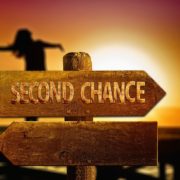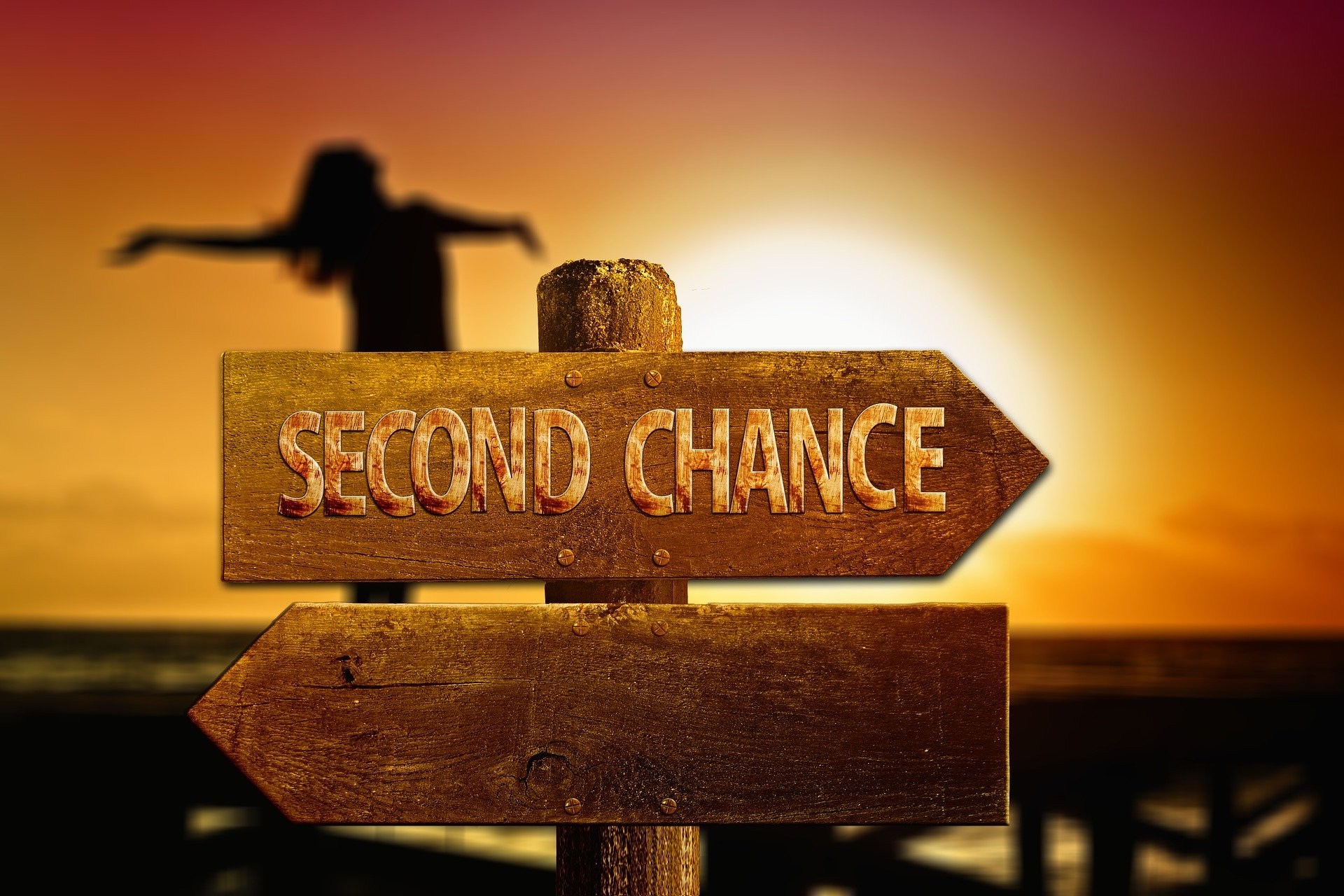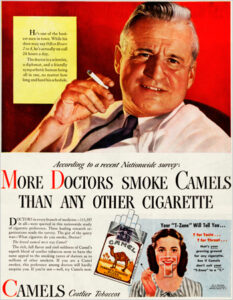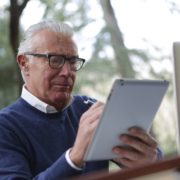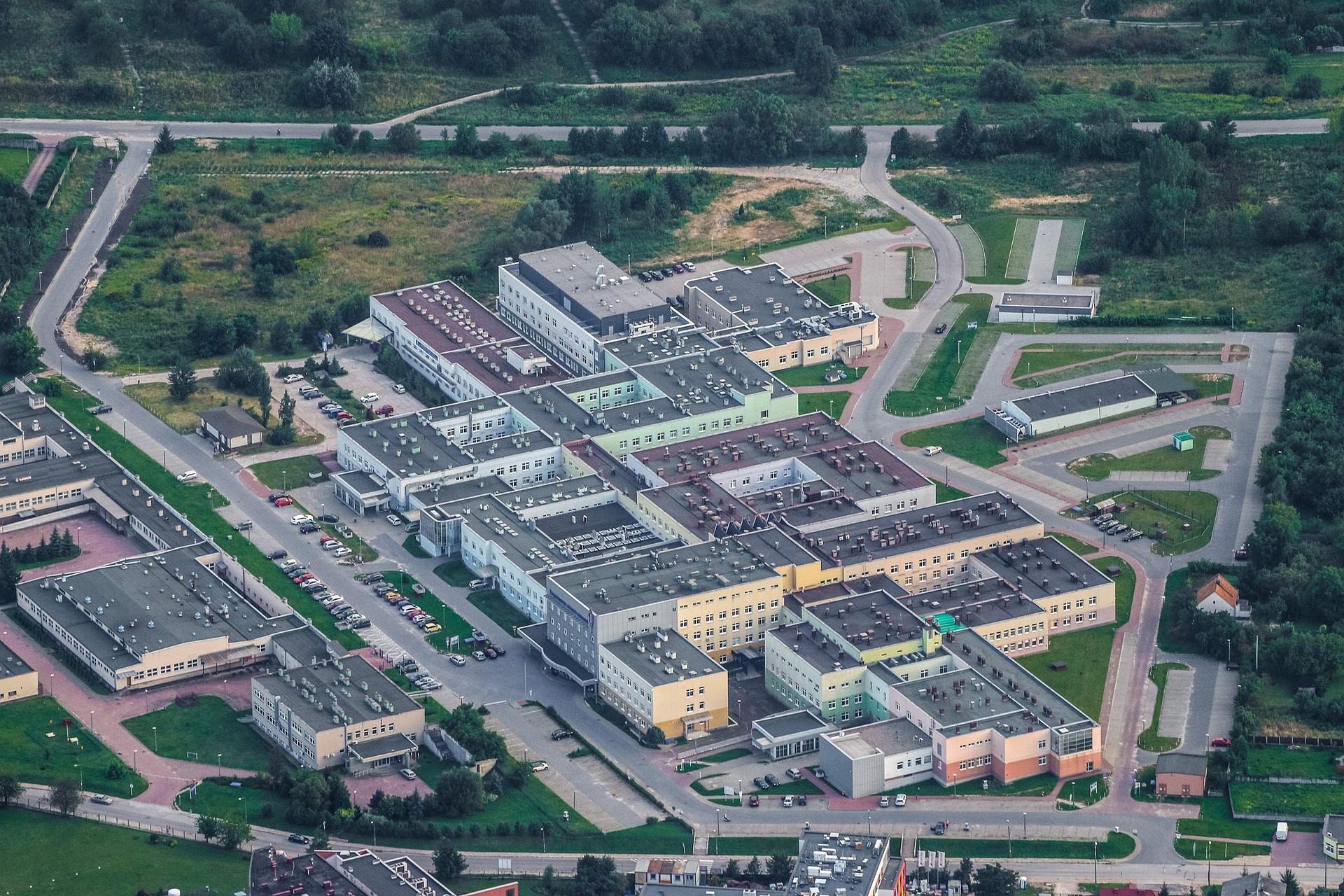
Image by Michal Jarmoluk from Pixabay
Should this headline concern you?
Kaiser Permanente reports $1.5B Q3 loss
How ’bout these reports?
Chicago-based CommonSpirit Health (the largest Catholic health system, and the second-largest nonprofit hospital chain in the United States) reported a $1.3 billion operating loss for the 12-months end on June 30.
Ascension, based in St. Louis (a private healthcare system ranking second in the United States by number of hospitals) also reported a $1.8 billion loss for the fiscal year’s end in June.
Or this:
Third-quarter payer (insurance) profits:
- UnitedHealth Group: $5.3 billion, up over 28 percent
- Cigna: $2.8 billion, up over 70 percent
Third-quarter provider profits:
- HCA Healthcare: $1.13 billion, down over 50 percent
- Trinity Health: $1.4 billion in 2022 losses, down over 135 percent
These have come in the last couple of weeks from a leading healthcare newsletter, Becker’s Healthcare.
I don’t expect you’d have much reason to tune into Becker’s. I do because I’ve been swimming in the shallow end of the hospital pool for over 18 years, as a (former) executive healthcare recruiter, career coach, and, currently, as a coach, resume writer, and online presence (LinkedIn) expert for healthcare executives.
So, what’s the big deal?
Many big businesses suffer swings in profitability. Most recover, some fade away.
How might this scenario be different?
Look, my crystal ball has resulted in me eating a lot of broken glass, so consider the source for what follows. I’m going to suggest that we, of evolving “modern elder” status, be alert.
Alert to what?
It seems COVID-19 may be forcing us to be honest by exposing many of the inherent weaknesses in our healthcare system – a money-driven, often counter-productive sick-care system built on cure and a model more and more experts – even those running it – are saying can’t sustain.
It’s also a model that isn’t addressing the mind-blowing deterioration of the health of the U.S. population.
It’s a system that won’t dare utter words “prevention” or “upstream”, both antonyms and anathemas to a model built on “cure” and “downstream.”
You’re on your own. Save yourself!!
I’ve been camped on that theme for the last five years but now I’m more than a little hyped up about the importance of knowledge-based self-care.
Operating on the fringes of the U.S. healthcare system for nearly twenty years has connected me with some of the brightest, most driven, selfless, dedicated, overworked, and under-appreciated people on the planet.
Healthcare professionals are some of the hardest-working and most committed people you will ever encounter. Hundreds of conversations with C-level hospital and medical practice executives over the last several years have informed me of the incredibly complex and daunting challenges they face.
I was once told that a hospital is the most complex organism on the planet to manage – perhaps as complicated as trying to run the military.
It’s herding cats at its best.
Yet, faced with incredible challenges, these execs show up every day, problem-solve, herd the cats, and help save lives.
They don’t complain.
They forge on –
-even aware they are steering a ship that is starting to sink, rapidly.
Are we finally going to be honest-
-about how busted our healthcare sick-care system is? If Harvard Health says it busted, it must be busted.
Here are some additional insights published recently by Becker’s Healthcare Review. Please note the portions I’ve bolded.
“Healthcare systems in the U.S. have had a challenging year, and they are on track for their worst financial year in decades, according to an Oct. 25 report from Health Affairs.
Dramatic margin fluctuations have characterized 2022, and U.S. hospitals are still operating substantially below pre-pandemic levels. Most metrics improved month-over-month in August as revenues and expenses climbed compared to July. However, most organizations are in poor shape with a negative operating margin, according to the report.
Several factors suggest hospital margins will continue to face challenges in the coming years. The labor shortage is noted as the primary driver for rising hospital costs. Nursing labor is a critical point as the report indicates hospitals have lost about 105,000 employees, and nursing vacancies have more than doubled. In response, hospitals have relied on expensive contract nurses and extended overtime hours, which caused labor costs to surge. The national nursing shortage is a continuing problem as a substantial segment of the labor force is approaching retirement, and the shortage of new nurses is projected to reach 450,000 by 2025.
Payment rates will eventually adjust to rising costs, which are likely to occur slowly and unevenly, according to the report. Medicare rates, adjusted annually based on inflation, are projected to undershoot hospital costs and are expected to widen the gap between costs and payments.
Economic uncertainty and the threat of recession are expected to create continued disruptions in patient volumes. While healthcare has been referred to as “recession-proof,” high-deductible healthcare plans and more aggressive cost-sharing mechanisms have exposed patients to costs, making them more likely to weigh them against other household expenditures.
Combined, these factors suggest that the current financial pressures are unlikely to resolve in the short term.”
Consider these comments from Scott Galloway, Clinical Professor at NYU Stern School of Business, in a recent blog post:
“The U.S. Healthcare industry is a wounded 7-ton seal, drifting aimlessly, bleeding into the sea. Predators are circling. The blood in the water is an unearned margin: price increases, relative to inflation, without a concomitant improvement in quality. Amazon is the lurking megalodon, its 11-foot jaws and 7-inch teeth the largest in history. With the acquisition of One Medical, Amazon is no longer circling…but attacking.”
Professor Galloway allows facts to speak for themselves (you may want to read his full blog here):
Per capita, U.S. healthcare spending went from $2,968 in 1980 to $12,531 in 2020 (both in 2020 dollars), resulting in an industry with 13% of the nation’s workers and total spending accounting for a fifth of U.S. GDP.
Two-thirds of personal bankruptcies in the U.S. result from sick-care issues (medical expenses and time off work).
Forty percent of adults in the U.S. have delayed or gone without needed sick care because it’s too expensive.
The U.S. has one of the highest infant mortality rates among developed nations.
Professor Galloway concludes with this summary opinion;
“No industry has better demonstrated the dis-economies of scale. If we received the same return on our healthcare spending as other countries, we’d all live to 100 without getting sick … U.S. healthcare is the worst value in modern history.”
U.S. healthcare is the worst value in modern history precisely because it is not healthcare – it is overburdened sick care.
Regardless of age, now is the time to start elevating our self-care knowledge, take charge of our health, put better habits in place, and jettison the mindset that says there is always someone that can come and save us from our poor lifestyle habits.
Nobody’s coming.
They’ll just wait in their inefficient hospital or medical office buildings for you to wade through all the paperwork and languish in the waiting room to get 15 minutes to be told which drug or surgery is appropriate to treat your “downstream” issue.
But, wait – what about Amazon, CVS, Walgreens, Walmart?
They all are getting into the healthcare business to provide primary care services. Doesn’t that change things?
Don’t be deceived. Follow the money. Do these companies do anything that doesn’t appease shareholders?
They are the sharks in the water circulating this bleeding hulk and see the opportunity to take their vast technology experience and put it to work to streamline an inefficient system.
It doesn’t change the brokenness because it remains a sick-care system. These companies see the opportunity to get you in and out of that 15-minute cure-based system faster and tap that government/insurance cash cow quicker.
More people in and out quickly and directed to the drug counter twenty steps away. Aside from Amazon, is it a coincidence that the other three are dominant players in the retail pharmacy world?
Pills – the other, and incredibly profitable, side of this mess – riding on the backs of its brokenness.
Costs are going to continue to go up, service and availability will decline.
Physicians are burning out and retiring out. Medical school enrollments are down.
So are the nurses. Fewer young people are made of the stuff that it takes to be a nurse and fewer are showing interest in the profession.
We’ve built monoliths (see picture at the top) that can’t sustain in the long run.
You and I are suckers if we don’t get smarter about our lifestyles.
The mission? Simple – stay out of the doctor’s office. Be proactive about your health, not reactive. Avoid this broken system.
Let your 24×7, 35 trillion-cell immune system do its thing. Give it what it needs to keep you out of this busted system. Our bodies and minds are incredibly resilient with amazing recuperative powers, but they need our help to provide the raw materials.
- Eliminate UPFs (ultra-processed foods) and sugar.
- Increase fiber intake.
- Increase weekly exercise to 300 minutes, including some rigorous strength training.
- Challenge your brain – learn to dance, learn another language, join a chess club, take up the guitar
- Expand your social network, including hanging out with younger people.
- Infuse your longevity bonus with something purposeful.
Set your sails to take advantage of the emerging longevity revolution and design a longevity lifestyle that keeps you out of this system.
Take charge – be the CEO of your health.




